The Color Brown Has Many Positive Attributes
As part of our ongoing series of exhibitions devoted to different colors and their healing impact on us, this online exhibition “Beautiful Brown in Art by Members” features art by several of our artist members in which shades of brown are prevalent. In the introduction you’ll find art created with a predominance of brown by some major artists from the past. Throughout this presentation you’ll read fascinating historical facts about the color brown since its inception.
Brown Can Provide Warmth and Coziness
The color brown may not be the most popular color and is often positioned as a step child of the world of color. However, like all colors, the color brown has many attributes. In an artist’s skillful hands the color can be used to create a sultry, sensual or mysterious mood, bring a warm sustaining glow, soothe our frazzled nerves, provide a rich deep background for other colors to shine forth, or remind us about what we love about the colors of nature, earth, a furry beloved animal, embers in a fireplace… and mouth-watering chocolate, to name a few. 🙂
When you consider choosing a work of art for your home or work place embrace the many different possibilities in subjects and styles in which this color is used and how it may enhance your life.
First, A Few Famous Works of Art With The Color Brown
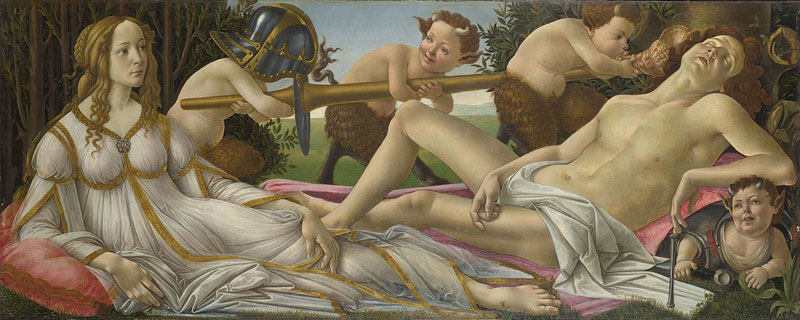
Some Historical Art Facts About the Color Brown
Did you know… The Ancient Greeks and Romans were known to produce a fine reddish-brown ink color called sepia. It was made from the ink of a variety of cuttlefish. This ink was used by Leonardo da Vinci, Raphael and other artists during the Renaissance, and by artists up until the present time.
During the Renaissance, artists generally used four different variations of browns. They included: raw umber, the dark brown clay mined from the earth around Umbria, in Italy; raw sienna, a reddish-brown earth mined near Siena, in Tuscany; burnt umber, the Umbrian clay heated until it turned a darker shade, and burnt sienna, heated until it turned a dark reddish brown.
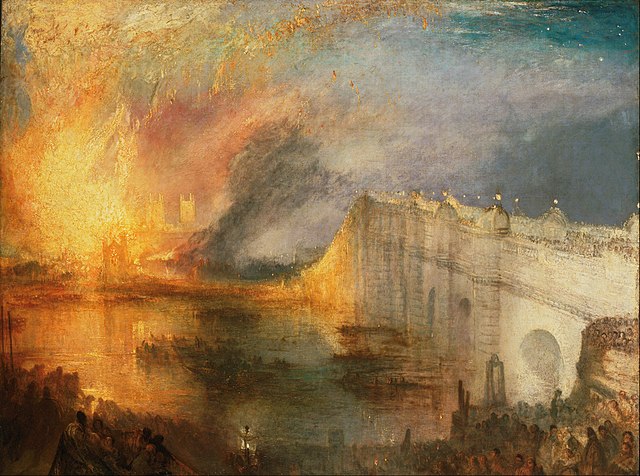
Believe it or not, until the year 1925, the color brown in some paints and dyes was actually produced from grinding up ancient Egyptian mummies.
Rembrandt added umber to the ground layers of his paintings because it promoted faster drying.
Paul Gauguin created luminous brown portraits of the people and landscapes of French Polynesia.
Vincent Van Gogh’s paintings have brilliant yellows that, due to age, have started to turn brown.
Using the style of “Tonalism” artists used rich earth tones and muted colors to create moody landscapes.
Beautiful Art with the Color Brown by A Few of Our Artist Members
Below you’ll find a beautiful variety of art and many different shades of the the color brown. The artists’ names will take you to their pages where you can view more of their art and read about their inspiration and career achievements. Visit their websites and contact them directly to purchase their art. Visit our art gallery.
David G. Rickman
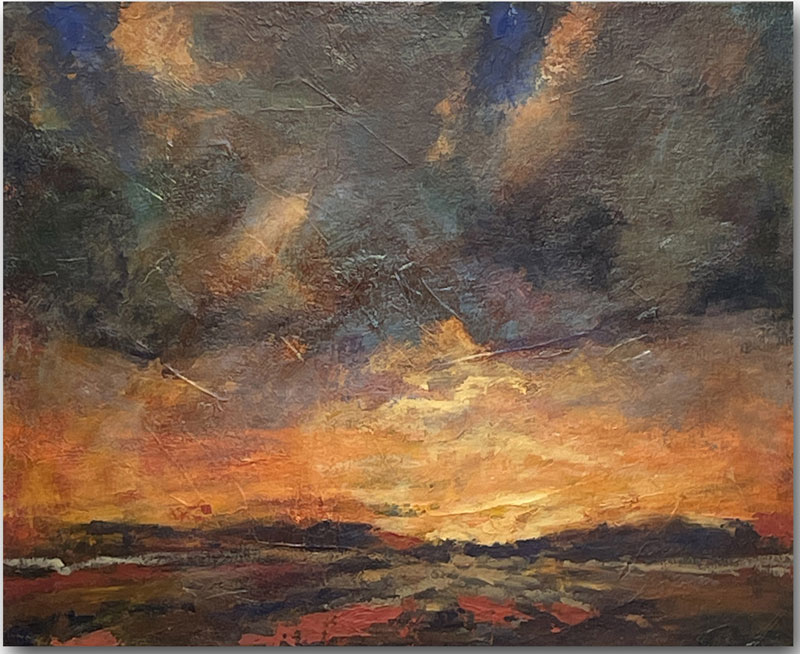
The beauty of the color brown is appreciated for its association with nature, dark wood, and rich soil. It is here to stay.
Brown is often a master artist’s best friend. In Northern Europe, Jan van Eyck featured rich earth browns in his portraits to set off the brighter colors.
Brown has been used in art since prehistoric times and is here to stay. Paintings using umber, a natural clay pigment composed of iron oxide and manganese oxide, have been dated to 40,000 BC.
Sandra Belitza-Vazquez
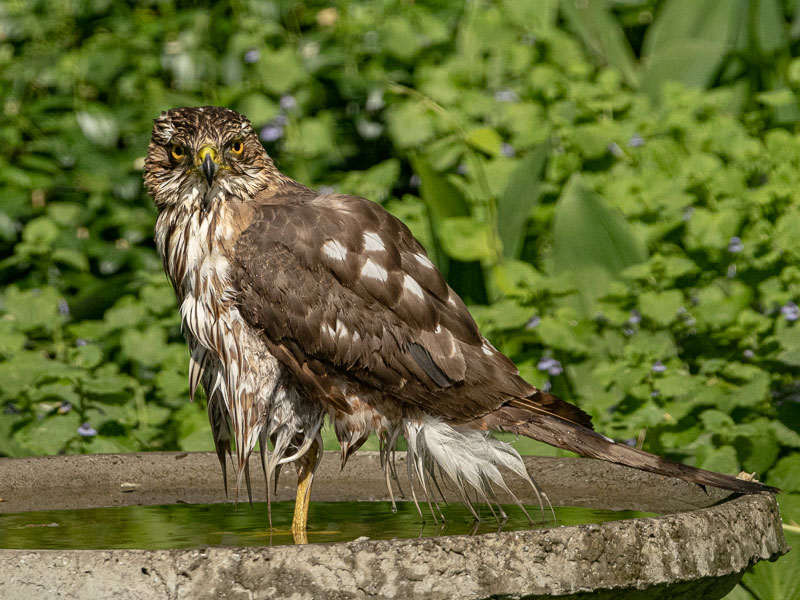
A few positive associations with the color brown include rocks, wildlife, mountain ranges and the autumn season.
Brown is very important as a composite color. In the CMYK color model used in printing, brown is made by combining red, black, and yellow, or red, yellow, and blue.
Bren Sibilsky
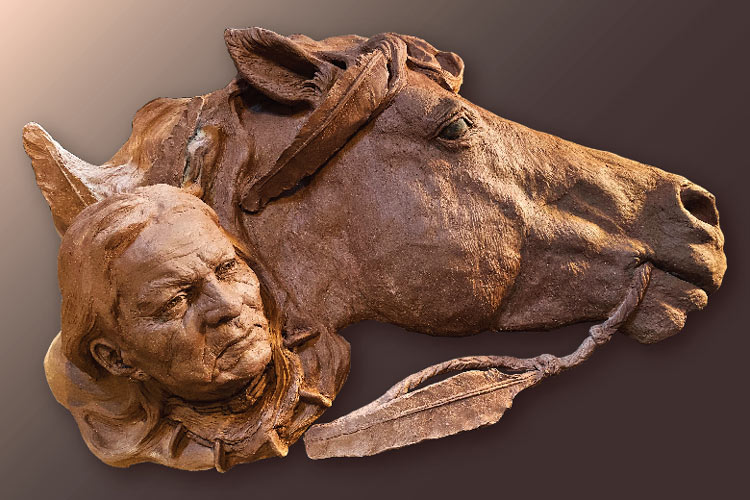
The beautiful color brown is seen in terracotta, taken from Latin terra cotta or baked earth. It is the art of creating glazed or unglazed porous earthenware, figurines, and other decorative materials from clay which is dried and fired.
The powerful use of brown came to its widespread use in the 17th and 18th century. Rembrandt, Titian and Rubens used browns to create chiaroscuro effects, where the subject appeared out of the darkness.
Debora Levy
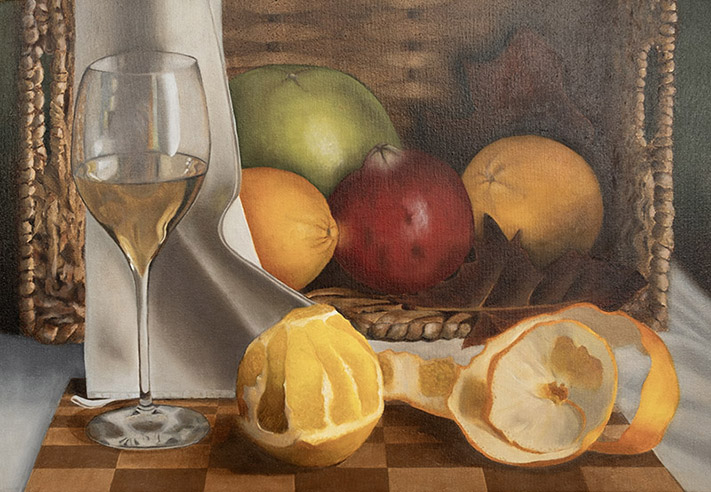
The color brown adds mystery and moodiness to a work of art like no other color. It also provides depth and soothing restful places for the eyes and mind.
Interior designers applaud the use of brown in art, for the softness of the hue and how it puts the emphasis on texture without causing distraction.
A large number of mammals and predatory birds have a brown coloration that is gorgeous. This sometimes changes seasonally, and sometimes remains the same year-round.
Nimi Trehan
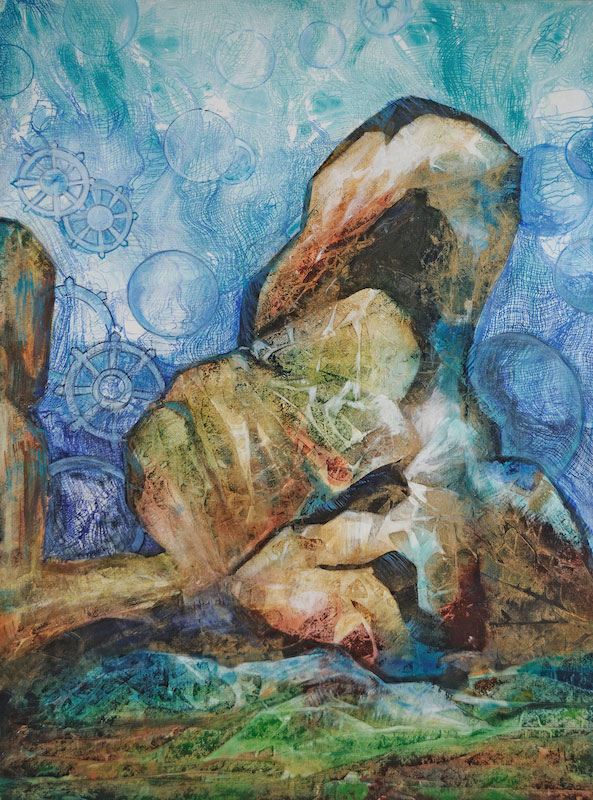
Native Americans believe that brown is the color of self-discipline. The color evokes stability. Artists use shades of brown in layers to create a sense of illusion, luminosity, and drama.
Though some colors stimulate the imagination, brown is a color of loyalty and urges us to remain in the here and now. It also evokes a sense of nostalgia.

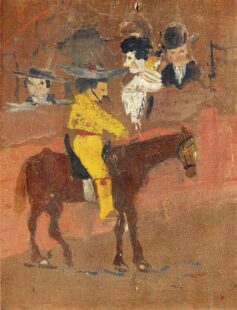
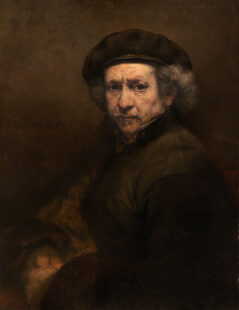
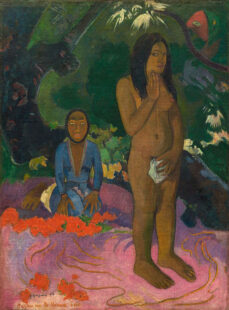
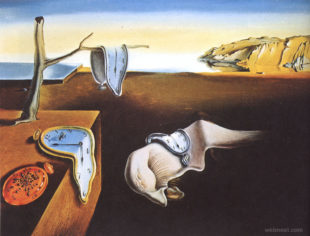
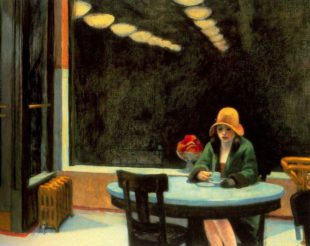
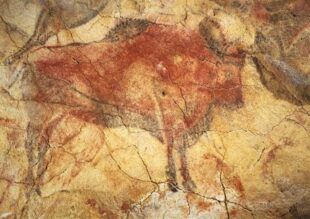
Leave a Reply